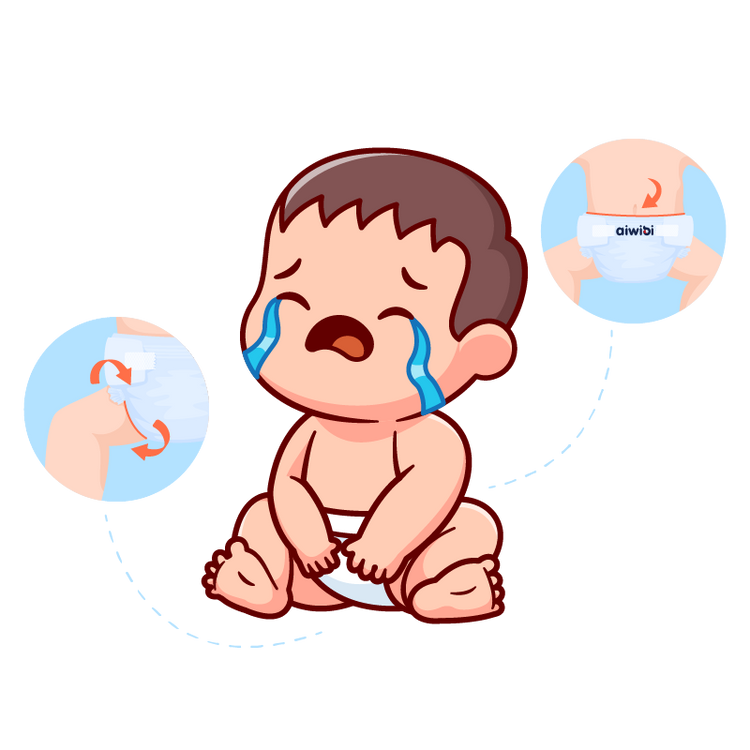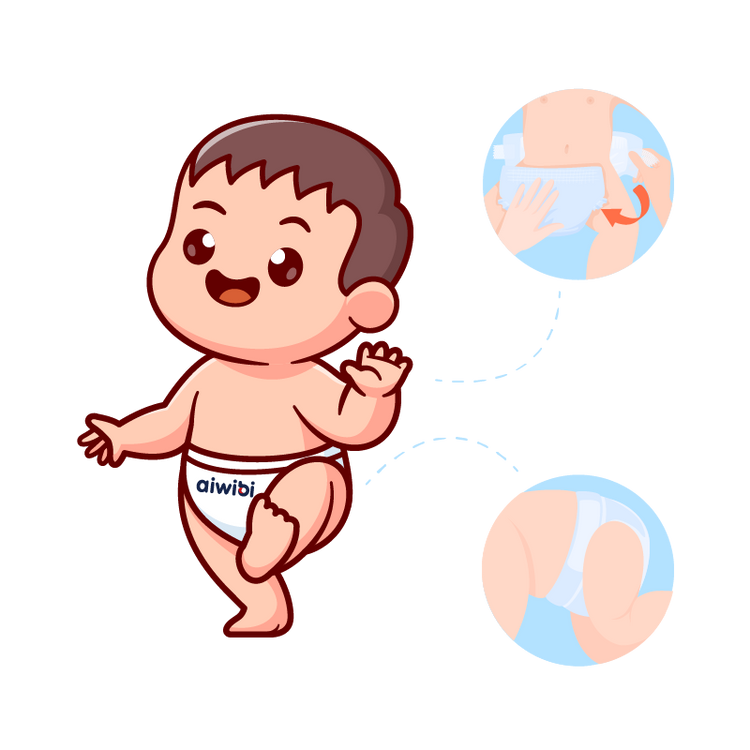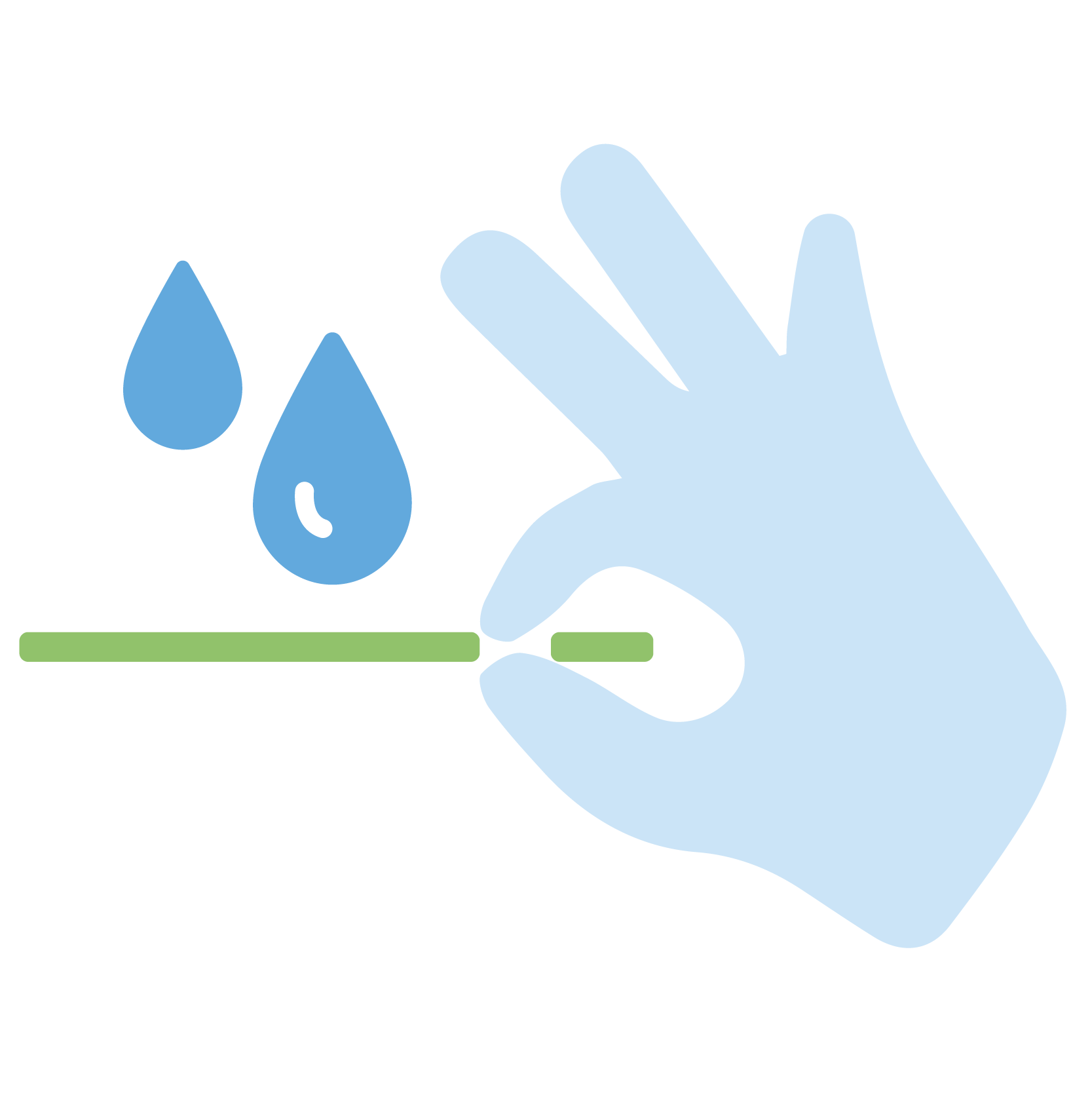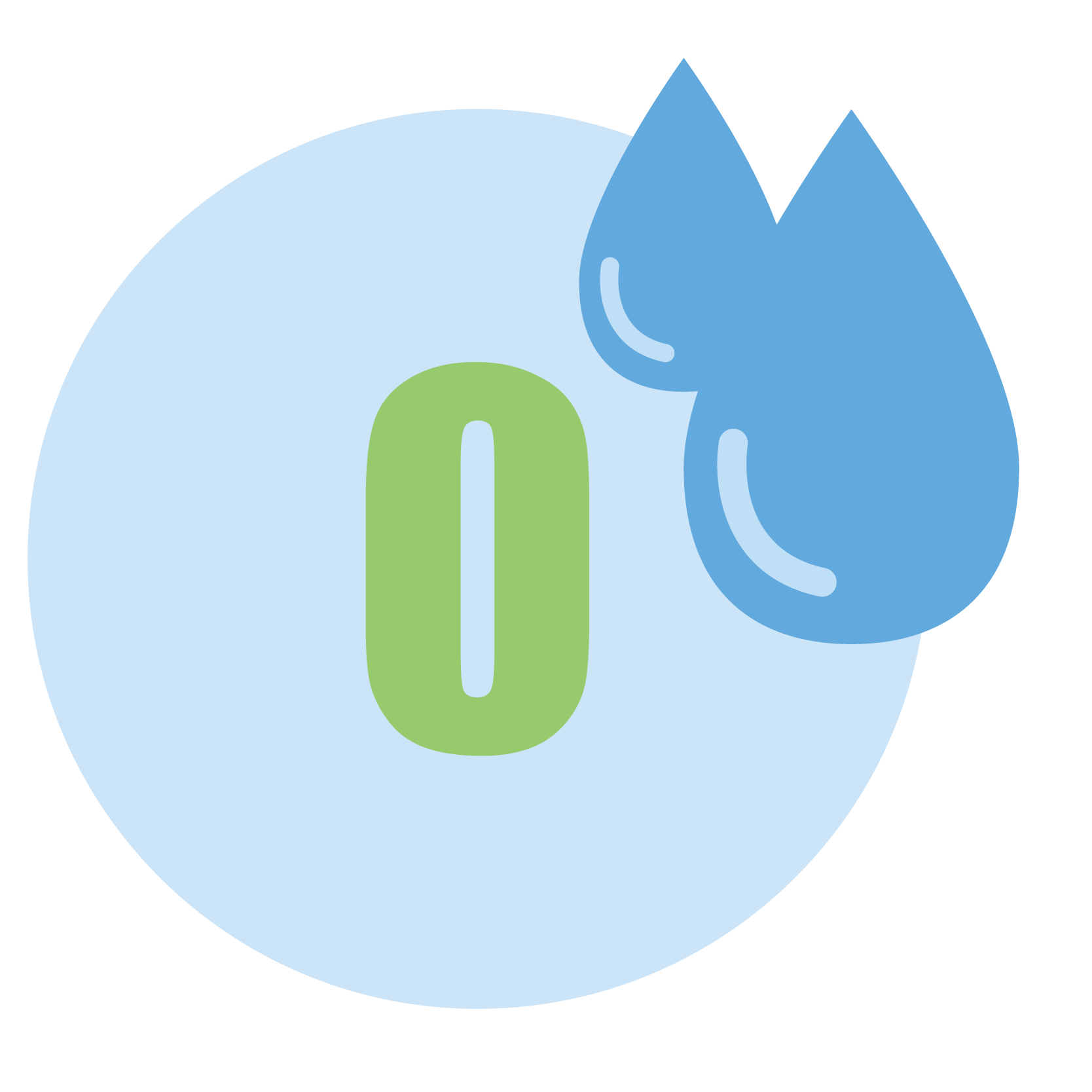Light Feather Disposable Baby Nappies Size 3
Light Feather Disposable Baby Nappies Size 3
Light Feather Disposable Baby Nappies Size 3 (62 pieces per pack): Perfect for your growing baby, these nappies combine ultra-thin protection with breathability. The 2mm Ultra-Thin Absorbent Core™ ensures a dry and comfortable fit, while the MicroAiry™ Film allows for superior airflow. The Comfort Fit Waistband™ and 3D Pearl Pattern Topsheet boost breathability by 30%, keeping your little one comfortable all day long. Double leak guards, a fast-dry layer, and a wetness indicator provide added peace of mind, and these nappies are designed to be gentle on delicate skin.
81 in stock
Couldn't load pickup availability
Features
Features
SilkySoft Fabric™
Crafted from 1.2D fibers—ten times finer than human hair—our SilkySoft Fabric™ offers an feather soft and silky touch for ultimate comfort.
MicroAiry Film™
Exclusive MicroAiry Film™, designed with billions of ultra-fine micro-pores. This breathable PE film allows air to flow freely while preventing water from passing through, increasing breathability by 50%.
Ultra-Thin Core™
With 0.1cm Naked-Feel Core is ultra thin yet highly absorbent, its honeycomb bionic structure that channels liquid efficiently. Made with 100% premium Japanese SAP, it quickly locks in large volumes of moisture.
Enhanced Double Leak Guards
With raised 45mm double barriers and an Leg cuffs folding design, our leak guards provide superior side-leak protection.
Up To 12 Hours Of Protection
All-night dryness with just one nappy. Our Ultra-Thin Core™ instantly absorb without rewet, and up to 1200ml water absorption, preventing clumping for continuous comfort and leak protection.
Zero Nasties
Dermatologist approved by German Dermatologist dermatest tested and hypoallergenic for baby’s sensitive skin; Free of chlorine bleaching, perfumes, lotions, parabens, and phthalates.
Comfort Fit Waistband™
Designed to a perfect fit that hugs your baby’s waist without tightness. It provides a snug, comfortable fit that stays secure without pressing on your baby’s tummy.
Refastenable Magic Tape
Made from waterproof materials by 3M, this tape features thousands of mushroom-shaped hooks that securely grip the front waistband, withstanding up to 45N of pull force to prevent drops.
3D Pearl Pattern Topsheet
3D pearl pattern reduces skin contact area and friction, enhancing breathability by 30% while gently caring for your baby's delicate skin.
RapidFlow Channels™
Unique grooves quickly direct liquid into the wider, longer absorbent core, ensuring instant absorption and keeping your baby dry while protecting sensitive skin.
Wetness Indicator
Changes color from yellow to green when wet, providing a quick and easy way to know when it’s time for a change.
Share this product

Choosing Nappy or Training Pants Size
Nappy sizes are generally based on weight, but these weight ranges are just for reference. Even with the same weight, babies may have different body shapes, such as height, waist size, or thigh circumference, which can affect the appropriate size.
In such cases, you may need to choose a size up or down. The frequency and amount of urination also vary from baby to baby, so please consider your baby's actual situation when choosing the size.

When Should You Upgrade to a Larger Nappy Size?
You might want to switch to a larger size in the following situations:
- When the thighs or abdomen feel too tight, leaving marks.
- When the waistband position reaches the outermost side.
- When the nappy crotch shortens or the waistband falls below the belly button.
- When the volume of urine or stools increases and leakage becomes an issue.
- When your baby's weight exceeds the weight range listed for the current size.

Training Pants Usage Guide
For newborns (0-6 months) → Nappies are better for easy changing and nighttime use.
For active babies (6+ months) → Pull-up pants are more convenient for movement and potty training.
For nighttime use → Nappies offer better absorption and leakage protection.
If your baby is active and resists nappy changes, pull-up pants are a great option. However, for long-lasting dryness, especially overnight, nappies are the better choice.
FAQ
Find answers to common nappy questions, from choosing the right size to preventing leaks and nappy rash. Get expert tips for keeping your baby dry, comfortable, and happy.
How can I prevent leaks when using nappies?
How can I prevent leaks when using nappies?
Our nappies are designed with double leak-guard barriers, but here are some things to check when putting them on:
- The weight range on the nappy packaging is just a guide. If the nappy is too big, it can cause leaks. For example, the nappy may fit snugly around your baby's thighs, but if there's a gap in the crotch area, urine won't be absorbed quickly enough.
- Make sure the leak-guard edges aren't folded inward. If you're using taped nappies, ensure the waist tabs are symmetrical, not too tight or too loose. A good fit allows space for one finger between the nappy and your baby's tummy.
- Change the nappies when it's full; if you don't, leaks might occur.
Will my baby get nappy rash or have an allergic reaction?
Will my baby get nappy rash or have an allergic reaction?
- To prevent nappy rash, change your baby's nappy frequently. It's recommended not to leave the same nappy on for more than 2-6 hours.
- Clean your baby's bottom with warm water or wipes to remove any residue.
- Let the skin dry completely before putting on a new nappy.
Why does the outside of the nappy feel damp, even though my baby's clothes aren't wet?
Why does the outside of the nappy feel damp, even though my baby's clothes aren't wet?
The outer layer of the nappy is made from breathable non-woven fabric. It locks in moisture while allowing heat and humidity to escape. The dampness you feel is likely due to the release of warm air, which might also carry a slight smell from your baby's pee or poop. This design helps keep your baby's bottom dry and comfortable by reducing stuffiness.
Why does the nappy have a smell?
Why does the nappy have a smell?
- Aiwibi nappies are certified by the German Dermatological Institute Dermatest, ensuring they are gentle on your baby's skin. We do not add any fragrances, extracts, dyes, or other harsh chemicals, making the nappies odorless and hypoallergenic.
- Some of the raw materials might have a mild natural smell. If you're sensitive to smells, you can air the nappies out before use.
- Nappies can also absorb odors from their surroundings, so be sure to store them in a cool, dry place away from anything with a strong scent.
Are Aiwibi nappies “organic”?
Are Aiwibi nappies “organic”?
Aiwibi nappies are made using high-quality wood pulp derived from nature. This pulp comes from sustainably managed forests, so while we use natural resources, we also prioritize environmental protection and sustainability. Through fine processing, we maintain the natural absorbency and softness of the material to provide your baby with a comfortable wearing experience while reducing irritation to their sensitive skin.
How often should I change my baby's nappy at night?
How often should I change my baby's nappy at night?
It depends on how often your baby pees and the quality of the nappy you're using. You should choose nappies with strong absorbency and good moisture-locking abilities. When your baby wakes up during the night, you can feel the nappy—if it's puffed up, it's time for a change. Unfortunately, that means you or your partner will need to wake up to do the nappy duty!
What should I keep in mind when changing nappies? Is there a difference between boys and girls?
What should I keep in mind when changing nappies? Is there a difference between boys and girls?
Always wash your hands with soap and water before changing your baby to avoid spreading bacteria. Clean your baby's bottom with warm water and mild soap, and gently pat dry. When wiping, be careful not to rub too hard, as this can irritate their sensitive skin and cause nappy rash. In winter, try to keep the nappy change quick to avoid your baby getting cold.
As for the difference between boys and girls, traditionally, the absorbent core in boy's nappies is placed more towards the front, and for girls, it's placed more towards the back. However, Aiwibi nappies are designed to work well for both boys and girls thanks to our product adjustments during development.
What causes nappy rash?
What causes nappy rash?
There are two main reasons:
- Some babies have sensitive skin or are prone to allergies, which can cause skin reactions when wearing nappies. This can lead to redness or swelling around the nappy area.
- Nappy rash (also known as nappy dermatitis) can also be caused by inflammation. Babies' skin is very delicate, and if nappies become damp or are exposed to bacteria, it's easy for nappy rash to develop. It's important to change nappies frequently and thoroughly clean the baby's bottom after each bowel movement to prevent this.
How should I store opened nappies to avoid contamination (e.g., from mosquitoes, dust, or humidity)?
How should I store opened nappies to avoid contamination (e.g., from mosquitoes, dust, or humidity)?
Whether opened or unopened, nappies should be stored in a clean, dry place, away from direct sunlight to avoid moisture and contamination. Keep opened nappies away from areas with high temperatures or strong odors, as this can cause them to lose their shape or pick up unwanted smells. It's best to use opened nappies within 2-3 months. If you live in a humid environment, try to use them within a month to avoid bacterial growth.
Should I stop using nappies if my baby gets nappy rash?
Should I stop using nappies if my baby gets nappy rash?
It depends on how severe the rash is. For mild cases, you can continue using nappies but should take these steps:
- Change nappies frequently.
- Use a nappy rash cream or powder to keep the area dry.
- Boost your baby's immune system by ensuring they get enough nutrients.
- If the rash is severe, stop using nappies and consult a doctor immediately.






























